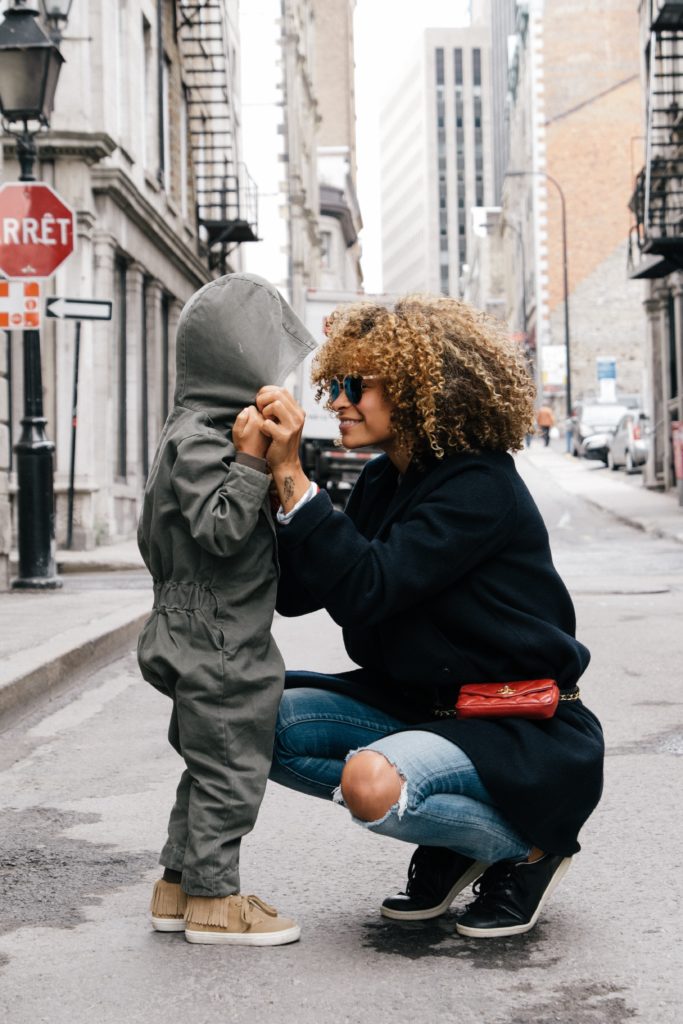Understanding ADHD…For Parents

I’ve been working as a therapist with people for over 20 years. For many years I worked with children having ADHD in a school setting. Then I became a parent to children having ADHD as well. So not only have I experienced it first hand as a professional, but live the experience at home as well.
ADHD is a neurodevelopmental disorder affecting millions of children, though more often in boys. It affects focus, concentration, and task completion. Often children can appear easily distracted or forgetful. They may have trouble sitting still or may interrupt frequently. These children may struggle academically, in social settings, and at home. Some may also have learning disabilities or other mental health conditions in combination with ADHD.
ADHD takes different forms, so it’s important to differentiate. There are three forms: Inattentive-type, Hyperactive-impulsive type, and Combined type. Inattentive-type is most common in girls and is identified by a more pronounced difficulty with focusing, finishing tasks, and following directions. Girls may also day dream and talk a lot more than boys. Hyperactive-impulsive type is identified by fidgeting, interrupting others when talking, and not being able to wait one’s turn. Combined type is the most common. Children with this type have both inattention, hyperactivity, and impulsivity.
Children with ADHD have an immature frontal lobe and less grey matter in the brain as compared to typical peers without ADHD. This means that the parts of the brain responsible for stopping and thinking, organizing, planning, and regulating emotions, is not as developed. Children with ADHD may struggle with speech, self-control, decision-making, and muscle control.
There are numerous resources on the web about ADHD to find information about recognizing symptoms, the prevalence of ADHD, how to advocate for your child with ADHD, as well as treatment options. Here are a few things I have come to learn both professionally and personally that have made me a more informed therapist and parent.
- When in doubt, get your child tested. A common inventory used by pediatricians is the Vanderbilt. It is designed to compare your child’s symptoms at home and in school. Another option is going through a psychologist, either at your child’s school, or an outside resource specializing in ADHD testing. Testing is helpful and can provide you and your child with additional recommendations for next steps, such as school accommodations, a 504 plan, or therapy resources.
- Get informed. Learn about ADHD…things that work and don’t work. Attend trainings or workshops. Read about it. Join an online forum.
- Advocate for your child at school. Teachers are busy. You are the best expert on your child at home. Develop a working relationship with your child’s team. Consider meeting with your team early in the school year, and following up with the team on a regular basis.
- Employ checklists and routines at home. If your child is not yet independent with routines, start with one-step, check to see it gets done. If it isn’t getting done, break the task down into smaller steps, and do the task together.
- Keep it together. Yelling really doesn’t help. It escalates you and your child. Nine times out of 10, the child isn’t trying to make you frustrated when they fail to follow through. Instead, think about what is the one thing you could do to make this task easier and more successful for my child.
- Be compassionate towards your child. Think of your child in a positive light. There will be hard days. Check in with yourself often when you feel your buttons are being pressed.
- Consider a good therapist specializing in ADHD. Therapists have additional clinical experience and resources that can set your child up for success. Perhaps your child needs a behavior chart or plan at school, or behavioral services that can come to the home or school. Sometimes families need therapy too to cope with a child having ADHD.
- Medications can help. Non-pharmacological approaches are a great first step. But if everything has been tried and your child is not finding success in multiple environments, it’s time to consider medication. Your doctor will work with you to find the right medicine for your child. Sometimes this can be a bit of trial and error. Be patient. Take good data and observe your child. Communicate regularly with your child’s doctor. If the medication and therapies are working, grades get better, friendships are healthier, your child appears happier, and homelife is more stable.
Our journey at home continues and involves all of these aspects. If you have concerns about your child’s ADHD, or think you have ADHD yourself, or need more information about the therapy process, contact me at SHCS.


